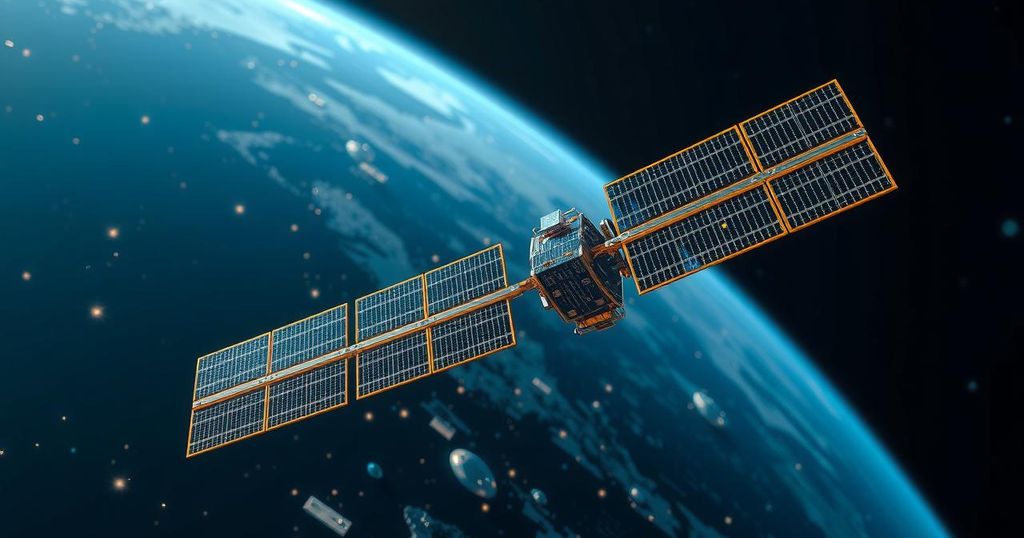USGS Seeks Industry Collaboration for AI in Landsat Satellite Operations
The USGS is seeking industry input on integrating AI and machine learning into Landsat satellite operations to enhance efficiency, decision-making, and reliability. This initiative invites companies to submit qualifications by December 13, 2024, highlighting the potential for groundbreaking improvements in Earth observation technology.
In a bold move toward the future of satellite operations, U.S. Geological Survey (USGS) officials in Reston, Virginia, are on the lookout for innovative partners in the private sector. With the aim of harnessing artificial intelligence (AI) and machine learning (ML), they have issued a request for insights into how these technologies can enhance the capabilities of Landsat satellite systems. This initiative, known as DOIGFBO250002, targets improvements in flight operations, particularly in areas like anomaly detection and telemetry analysis, with a goal of refining decision-making processes and boosting operational efficiency.
Since the launch of Landsat 1 in 1972, these satellites have become vital tools, capturing multispectral images of our planet’s surface. The wealth of data accumulated over the decades offers invaluable resources across disciplines such as agriculture, forestry, and global change research. Furthermore, Landsat images play a crucial role in emergency response, providing critical information in disaster situations and serving diverse communities worldwide—government, industry, civilian, and educational alike.
As the USGS embarks on this exploration of AI and ML applications, they invite interested companies to submit detailed statements of qualifications by December 13, 2024. Those keen to be part of this transformative journey can reach out to Ty DeHart via email for further inquiries, paving the way for potentially groundbreaking advancements in satellite technology. More information can be found online at the Federal Business Opportunities website.
The Landsat program has been a cornerstone of remote sensing since its inception, providing essential imagery that helps monitor environmental changes and manage resources effectively. With technological advancements in AI and machine learning, there exists a significant opportunity to improve the operational efficiency of satellite missions. The integration of these advanced techniques can streamline data collection processes, enhance the accuracy of telemetry analysis, and ultimately lead to smarter decision-making in satellite flight operations. The call for industry collaboration illustrates a commitment to innovation in the realm of Earth observation.
The USGS’s call for industry collaboration marks a significant step toward modernizing satellite operations through AI and machine learning. By inviting companies to contribute their expertise, the goal is to elevate the functionality and reliability of Landsat satellites. The potential improvements could transform the way we monitor our planet, making crucial data even more accessible during emergencies and for long-term research. As the deadline approaches, the anticipation of new partnerships could pave the way for a new era in aerial observation.
Original Source: www.militaryaerospace.com




Post Comment